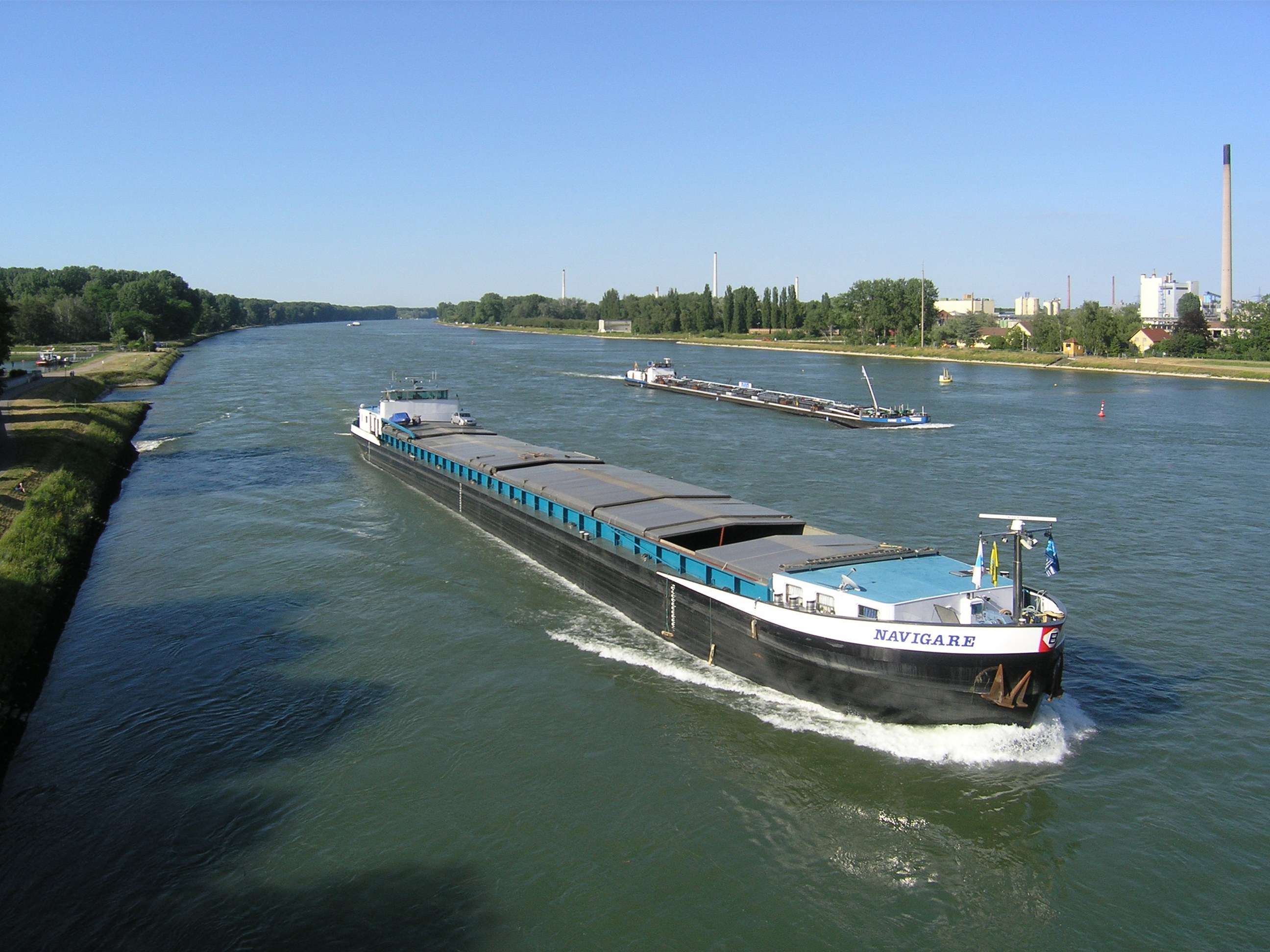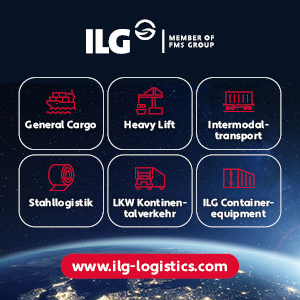In their latest issue of the statistical data sheet “Facts & Figures”, the Federal Association of German Inland Navigation (BDB, Bundesverband der Deutschen Binnenschifffahrt e.V.) has again compiled the key figures for inland waterway transport. According to this, the cargo volume transported on the German waterways in 2016, which was again marked by long low water periods, was exactly on par with the previous year, totalling 221.4 million tonnes, with the transport volume dropping by 1.8 percent to 54.3 billion tonne kilometre.
The strongest region was the Rhine area with 187 million tonnes (+ 0.7%), followed by the West German channel area with 40.3 million tonnes (+ 2.3%) and the Mittellandkanal with 21.1 million tonnes (-2.8 %). The cargo volume increased on the Main river (+ 4.7 %; 15.6 million tonnes) and in the Weser region (+ 2.4%, 8.4 million tonnes), while the Moselle (- 11.1%; 9.6 million tonnes), the German Danube segment (- 7.0%, 5.3 million tonnes) and the Elbe area (- 6.3%, 17.9 million tonnes) registered declines.
When looking at the individual freight segments, there were no significant shifts compared to the previous year. The traditional product groups transported on the waterway were “ores, stones, soil” (54.9 million tonnes, 24.8% share of the cargo groups), “coke and mineral oils” (37.3 million tonnes, 16.9%), coal, crude oil, natural gas (34.1 million tonnes, 15.4%) and chemical products (26.1 million tonnes, 11.8%). No significant changes within the transported goods groups occurred during the reference period.
Increases were recorded in the category of “chemical products” (+ 4.8%) and “other products” (+ 7.8%). Container traffic continued to develop favourably. The number of containers transported on the German waterways rose to 2.45 million TEU (+ 2.5%).
The strength of the German domestic fleet was slightly down on the previous year. As of December 31st 2016, 1,978 vehicles for the transport of liquid and dry goods (- 21 units) were registered in the German Inland Register. In addition there were 70 bunker boats (- 10), 117 tugboats (+ 2) and 299 push boats (+ 3). German passenger ships continue to be the largest “white fleet” in Europe, with 981 day-trip vessels (- 2) and 62 passenger cabin ships (+ 2). The passenger capacity was 206.376, the bed capacity was 9.006.
The number of companies operating in commercial inland waterways declined from 923 in 2014 to 884 in 2015. Of these, 402 were engaged in dry cargo shipping, 138 in tanker shipping, 40 in tug and tow and 319 in passenger shipping. The number of employees fell in the same period from 6,878 to 6,809 persons, with sales rising from EUR 1,564 billion to EUR 1,625 billion.
Note: The BDB does not collect its own data, but uses the figures provided by the Federal Statistical Office, the Federal Freight Transport Authority and the Central Inland Shipping Inventory for the waterway and shipping administration of the Federal Government for this publication. Therefore no guarantee can be given for the correctness of the data.












